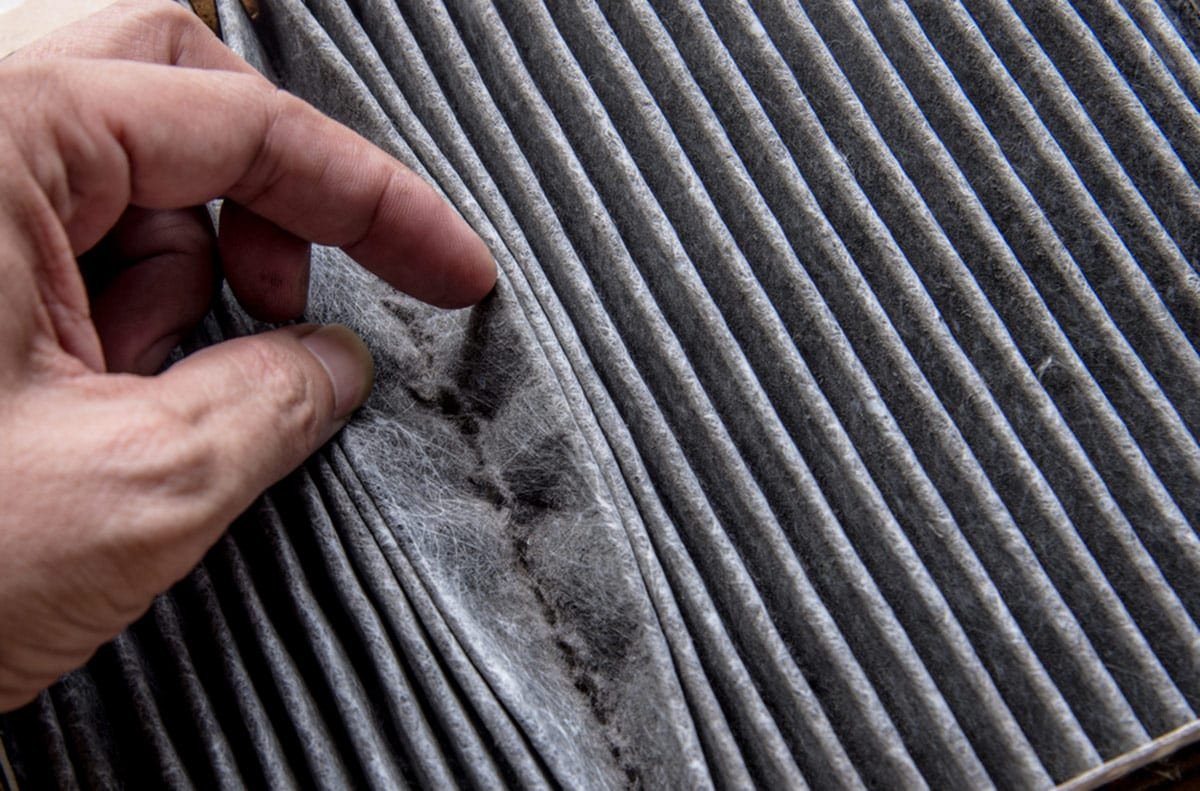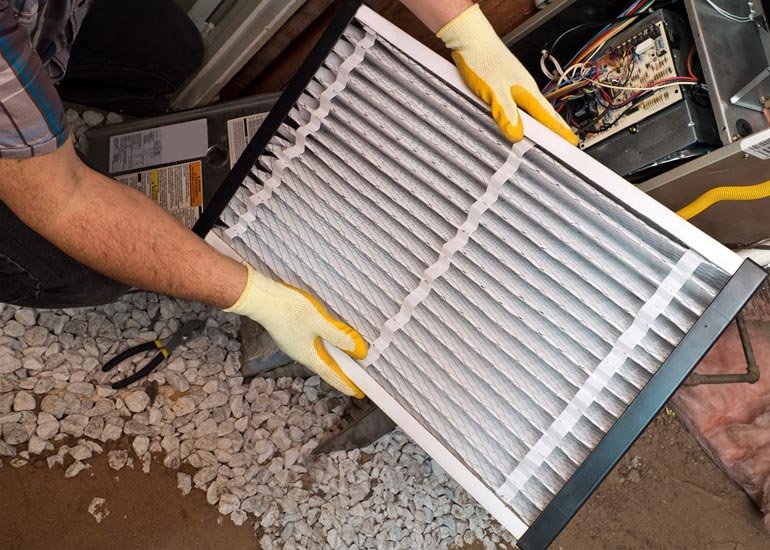Have you ever wondered how a two-stage furnace works to keep your home warm? The comfort you experience when stepping inside an inviting, cozy house during the cold months is thanks partly to the work of a two-stage furnace. But do you know what happens behind the scenes?
A two-stage furnace utilizes advanced technology and design features to regulate heating cycles according to interior temperatures, efficiently providing constant warmth and comfort for all your family needs throughout winter.
In this blog post, we’ll examine exactly how a two-stage modulating gas valve operates so that every homeowner can better understand how their heat works for them.
What is a Two-Stage Furnace?
A two-stage furnace is a heating appliance with a two-stage gas valve and a variable-speed blower. It adjusts its heating output to match your home’s heating demand. The furnace can operate in high- or low– stage mode, depending on the temperature difference between the desired and actual room temperatures.
The primary function of a two-stage furnace is to provide reliable heating that matches your home’s heating demands, keeping your home warm and comfortable, even during the coldest months of the year.
Components that Make Up a Two-Stage Furnace
VARIABLE SPEED BLOWER
A variable speed blower is a component in a two-stage furnace that helps regulate the airflow in your home. It has a variable-speed motor that automatically adjusts the blower’s speed to match the heating output. Unlike a traditional single-stage furnace’s fixed speed blower, a variable speed blower is much more efficient by reducing noise and saving energy. The blower makes it possible to maintain a consistent temperature throughout your home.
TWO-STAGE GAS VALVE
The two-stage gas valve is another component of a two-stage furnace. It plays a crucial role in the furnace’s operation, allowing it to deliver high and low heating outputs depending on the heating demand. During high-stage mode, the gas valve opens wide, allowing more gas to enter the combustion chamber, producing more heat. Conversely, during the low-stage mode, the gas valve decreases the volume of gas entering the combustion chamber to reduce the heat output.
How a Two-Stage Furnace Adjusts Its Heating Output Through Modulating Between Two Different Heating Levels
A two-stage furnace adjusts its heating output through the process of modulation. In high-stage mode, the furnace operates at 100% of its heating capacity, producing high heat output. This mode comes into play when the desired temperature is much higher than the actual room temperature.
When the temperature discrepancy is less, the furnace switches to low-stage mode, allowing it to operate at a lower heating level, thus reducing energy consumption, noise, and wear and tear on the furnace. This modulation process helps keep the temperatures consistent throughout the house, reducing temperature fluctuations and improving comfort.
EXAMPLE:
For example, suppose you set the thermostat to 70 degrees during a particularly cold wintry day. In that case, the furnace would detect the differential temperature between the desired and actual room temperatures. Suppose the difference is significant, say 4-5 degrees. In that case, the furnace would automatically start in high-stage mode, producing a higher heating output to match that temperature need.
Suppose the difference between the desired and actual temperature is reduced to 1-2 degrees. In that case, the furnace would switch to a low-stage mode operation, reducing the heating output since it does not need a lot of heat to maintain the set temperature. As you can see, the furnace’s ability to modulate the heating output helps keep the temperature consistent and comfortable without consuming more energy than necessary.
How Does a Two-Stage Furnace Work?
A two-stage furnace receives a signal from the thermostat, indicating the desired temperature. When the furnace detects that the room temperature falls below what the thermostat requests, it starts up and begins the heating process.
The furnace adjusts its heating output according to the temperature difference between the desired and actual room temperatures. If the temperature difference is significant, the furnace operates in high-stage mode. In contrast, a lower temperature difference will cause the furnace to operate in low-stage mode.
How a Two-Stage Furnace Operates in High-Stage Mode and Low-Stage Mode
The two-stage furnace operates at maximal heating capacity in high-stage mode, delivering high heat output. This mode is effective when the temperature difference is significant, and the furnace needs to warm the house as quickly as possible.
On the other hand, in low-stage mode, the furnace operates at a lower heating level, producing just the right amount of heat, matching your home’s heating demands, and keeping the room temperature comfortable.
Suppose the outside temperature drops drastically overnight, causing the indoor temperature to plummet. In that case, the two-stage furnace detects the decreased temperature and starts in high-stage mode, delivering a high heat output to quickly warm your home.
As your home’s indoor temperature approaches the set temperature, the furnace switches to low-stage mode, reducing the heating output to maintain a comfortable temperature throughout the house. As the outside temperature fluctuates during the day, the two-stage furnace modulates between high-stage and low-stage operations, ensuring consistent and energy-efficient heating output.
Conclusion
In conclusion, a two-stage furnace is a reliable and energy-efficient heating appliance that operates in two different heating stages. The furnace can adjust its heating output according to your home’s demand, providing consistent and comfortable indoor temperatures. This article discusses what a two-stage furnace is, its components, and how it works. We’ve also explored the benefits of investing in a two-stage furnace, such as improved comfort, energy efficiency, noise reduction, and longevity of its components.
If you’re considering upgrading your home’s heating appliance, a two-stage furnace is an excellent option to give you a good return on investment. With its energy-saving capabilities, you’ll enjoy the comfort of a warm and cozy home and save money on energy bills in the long run.
We encourage readers to consider upgrading to a two-stage furnace and consult a licensed HVAC contractor to confirm that it’s the appropriate heating option for your home. Explore options and select a two-stage furnace that fits your heating needs and budget. Choosing the right heating appliance is critical for comfort, energy savings, and home safety.









